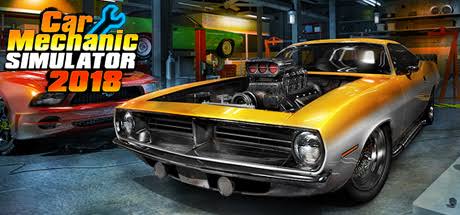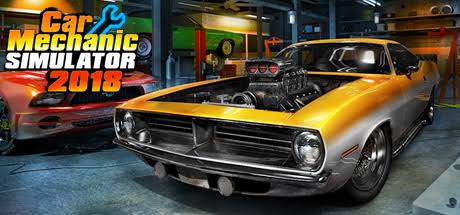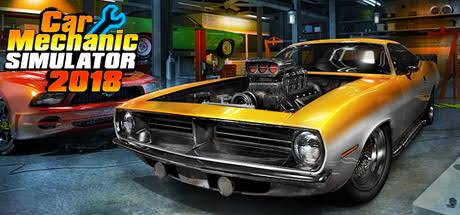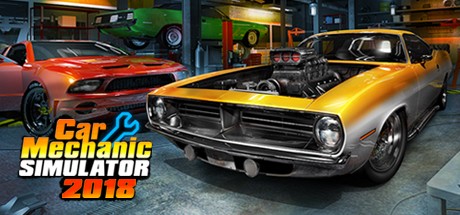Car Mechanic Simulator 2018 – Gear Box and Drivetrain

Gearboxes can become damaged due to a variety of reasons. One potential cause is low gear oil, although this is not a common occurrence. More often, gearboxes become damaged due to improper shifting, which can cause the gears to grind and result in damaged gear teeth, sticking gears, and premature wear on needle bearings, main bearings, and shafts. It can also cause the Synchromesh, a component used to slow down the spinning gear during shifting, to be destroyed, leading to stiff or sticky shifting or jumping out of gear.
The gearbox can also be noisy due to a variety of internal issues, such as worn clutch pressure plates, friction plates, and release bearings, as well as a damaged flywheel. These problems can cause the bearings to squeal during shifting and the friction plate to slip, resulting in slippage, noise, decreased gas mileage, and power loss. These issues can occur due to high mileage or improper use, such as riding the clutch or “hot-dogging” it.
A clutch works by allowing the transmission of power from the engine to the wheels to be disengaged and engaged. When the clutch pedal is pressed, it activates a slave cylinder which moves a clutch fork and presses a release bearing against the diaphragm spring on the presser plate. This releases the pressure on the friction disc, which is connected to the flywheel at the back of the engine. The flywheel is always spinning, so when the clutch is released, the friction disc briefly slips as it has to move the weight of the car before fully engaging and allowing the car to drive away. This process can be damaged by heavy shifting and improper use, such as “hot-dogging” the car.
The differential, which is responsible for transferring power to the wheels, can make noise and experience premature wear when driven with low gear oil or when the tires are over-spun, also known as “hot-dogging.” This can also cause stress on the drive axles and tires. Low gear oil can occur when the breather line or cap on the top of the differential case becomes blocked, causing pressure to build up and leak out through the axle seal or gasket.
CVC joints, found on the drive axles of modern cars, allow the wheels to pivot up and down and turn left and right. When these joints become damaged, they can make noise and cause binding during turning. This can happen when the rubber boot covering the joint becomes torn, cracked, or unsealed, allowing dirt, water, and other elements to ruin the grease and cause the bearings to rub against each other. Damage to the rubber boot can be caused by age or improper towing, such as using hooks that press against the boot rather than the correct tie-down attachment.
In a car with independent suspension, the differential is fixed to the body and the drive shaft is connected to it. This can cause torque loss as the power has to travel through a series of crosses and rollers before reaching the differential, placing them under a significant amount of stress. However, if the differential is fixed and the suspension is independent, the torque loss is minimized as the power does not have to travel through the crosses and rollers.







